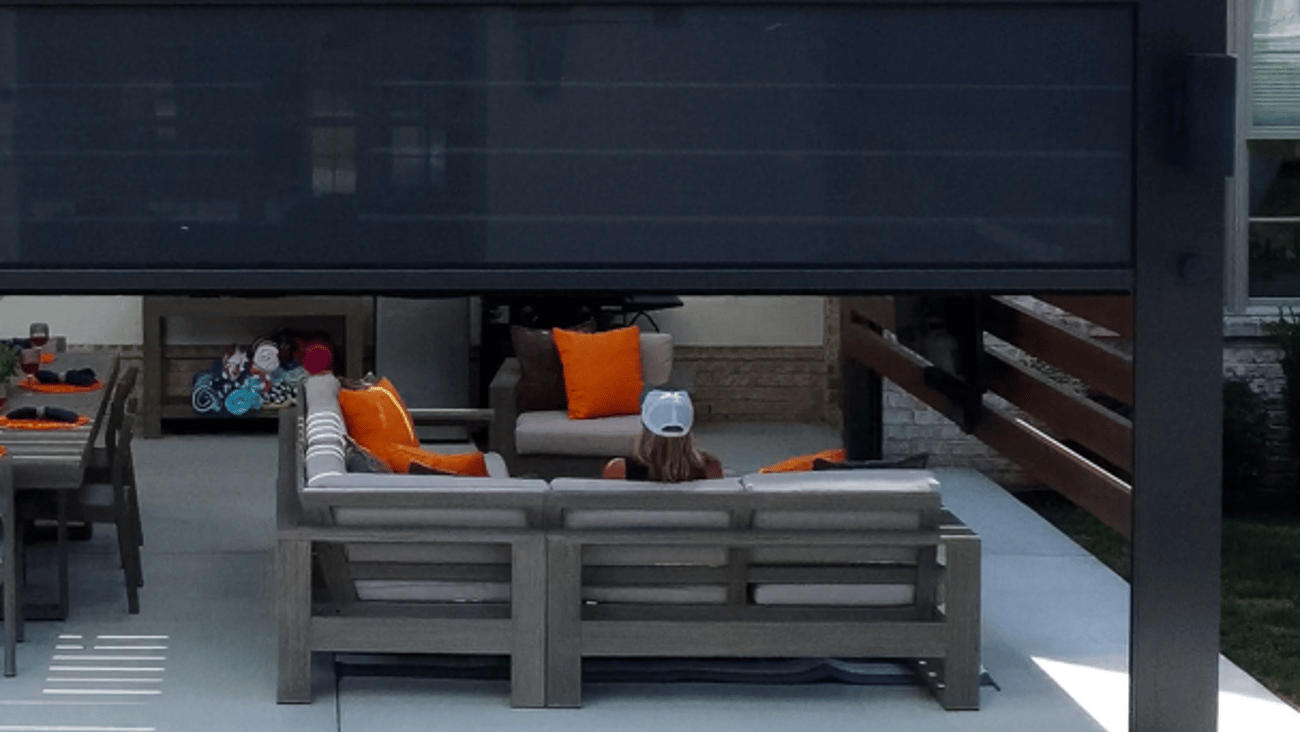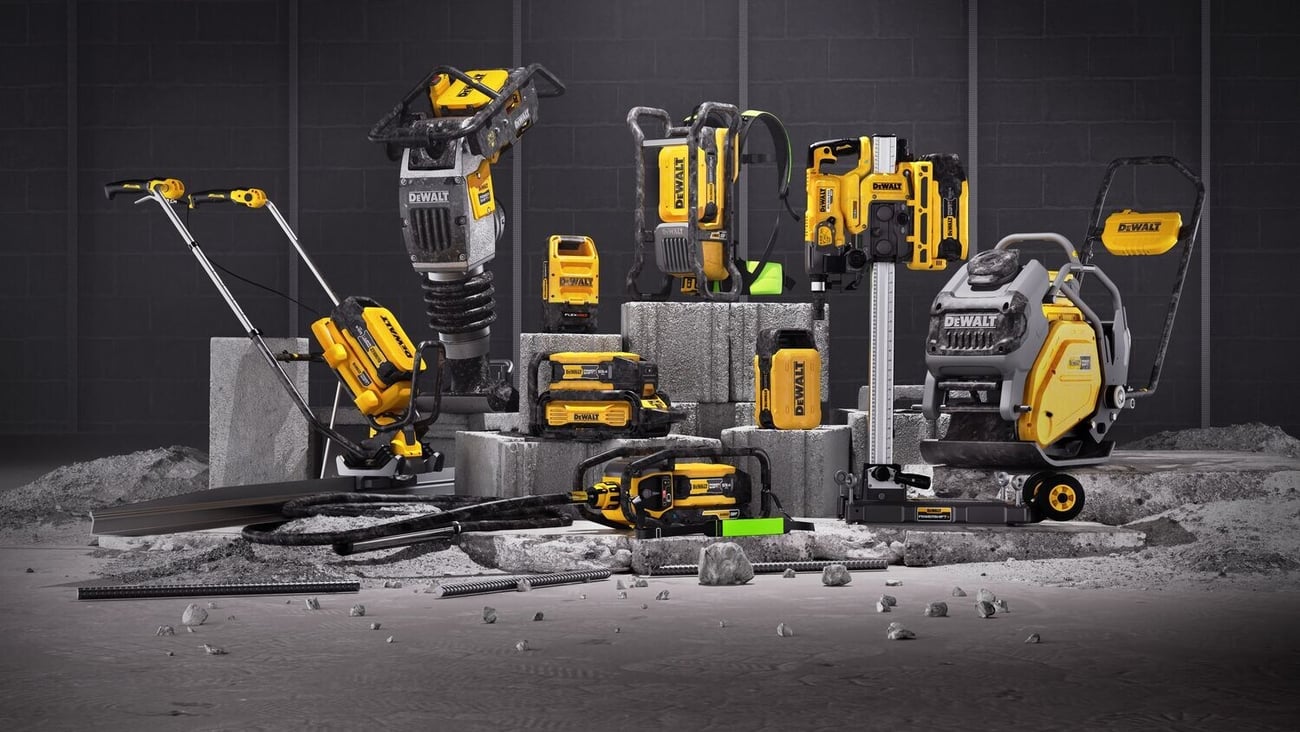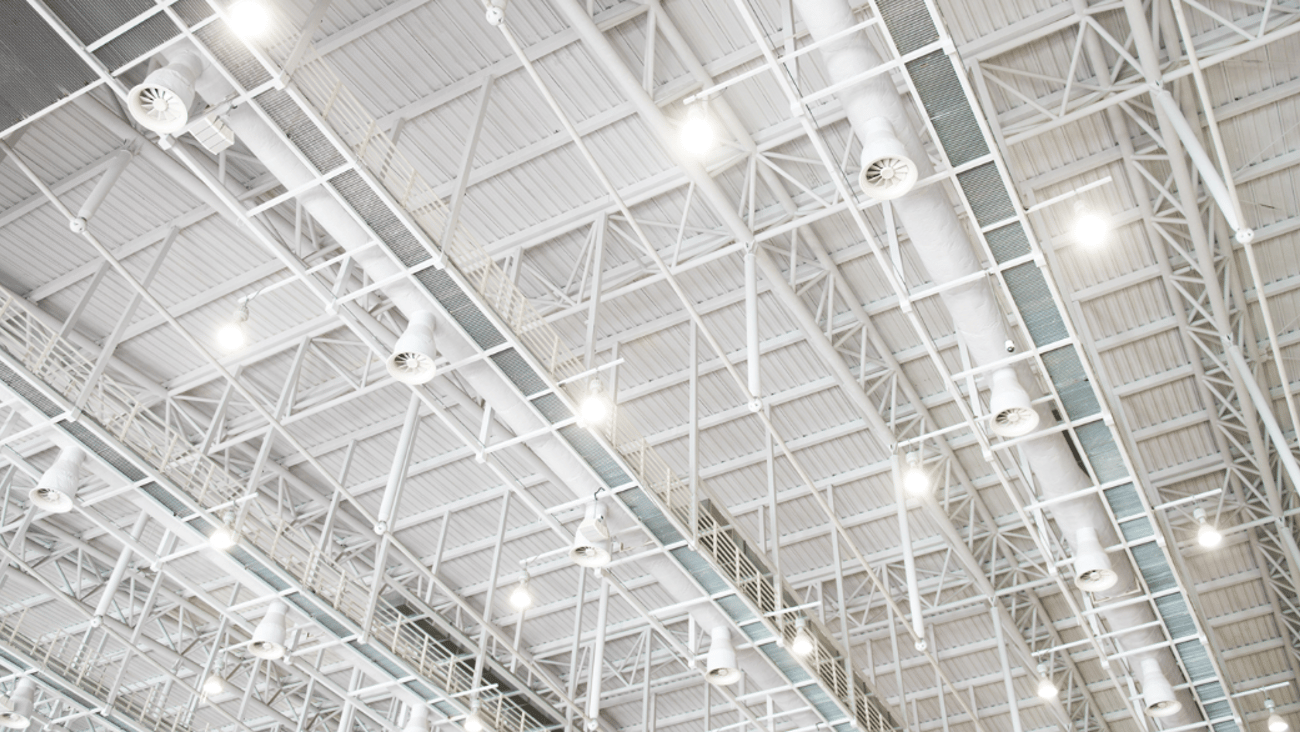LED leads efficiency train for Ace
There are many ways to boost energy efficiency at home and in the workplace, but retailers agree that some ways are better than others.
In a recent poll of HBSDealer readers, an overwhelming 68% of respondents said that “an LED lighting retrofit” was the best bet for improved in-store energy efficiency, and that’s not owing to a lack of alternative options. Solar panels, skylights for natural daylight, evaporative coolers, and enhanced insulation each received a paltry few votes in comparison.
The benefits of LED are clear as day from an operational standpoint — so much so that Ace Hardware has made it a cornerstone of its B2B program.
The co-op made good on an initiative to convert its store lighting to LED. Since then, stores have decreased their lighting expenses by 40% on average (and it’s worth noting that lighting accounts for roughly 40% of their overall utility bills). Since then, it’s focused on converting its local business customers to LED as well. Through LED For Business, a comprehensive lighting retrofit program under Ace’s The Supply Place, Ace provides a formal savings estimate, assistance with product selection, utility rebate support and financing options.
As it stands, more than 1,600 stores convert their lighting to LED through Ace each year, collectively saving nearly $7 million on lighting expenses (which is a reduction of roughly 40%), according to Tim Carrigan, department merchandise manager for business to business. Ace also does pretty well for itself, with the program having generated more than $20 million in wholesale business and an estimated $4 million at retail.
“Because of the program’s success, we wish we had rolled the concept out sooner to our stores,” he said. “We find it to be a win-win for our retailers and customers when we can help our stores and local business owners save 40% on their lighting expenses, while improving the quality of light on a 10 to 20-plus year lighting solution.”
Ken Easton, owner of Lawton, Okla.-based Easton’s Ace Hardware, is a participant in the program, as well as an advocate for LED in the retail space.
“I’ve had LED lighting in my home since 2002, when I had it custom-made for me, and I’ve had it on my showroom floor for three years, and now, my entire store (except one sign),” he said. “Just the efficiency and savings alone paid for it in less than a year. It’s saving me a little over $18,000 a year, and I haven’t replaced a bulb. And the lighting is so much better.”
Easton’s Ace Hardware has been around since 1943, but it’s had its eye toward the energy-efficient future for some time. Easton sold LED lighting for the first time in 2002, after encountering a booth at a trade show that made the bold pronouncement that “the future is LED.”
Granted, he’s also replaced two air conditioners with a much higher-efficiency unit, but he says more efficiency came from light bulbs “because there’s just no heat.”
“I haven’t had anybody who was not very pleased with changing over to LED,” Easton added. “We started selling LED B2B about three years ago — retailers, offices, institutions — particularly in their parking lots. It’s amazing what it does when you change the parking lot lights. I did a three-story building last week. It just looked like a totally different building. Same number of fixtures, but so much cleaner.”
The Supply Place is actually focusing more on exterior lighting this year (such as wall packs, parking lot lights and flood lights) — which, according to Carrigan, generates even more savings — as much as 70% in some cases.
But there are benefits beyond bottom-line improvements. Carrigan corroborated Easton’s observation regarding the quality of light and its impact on the look of the store — not to mention productivity.
“One thing we noticed is that once a store or business has converted its lighting (regardless of industry), they start paying much more attention to overall energy consumption,” Carrigan added. “It becomes top of mind, and they begin looking forward to their next utility bill to see the savings. This has a cyclical effect and often results in them being more energy-conscious overall. This results in even greater savings that can be hard to quantify. It’s been quite the phenomenon.”




